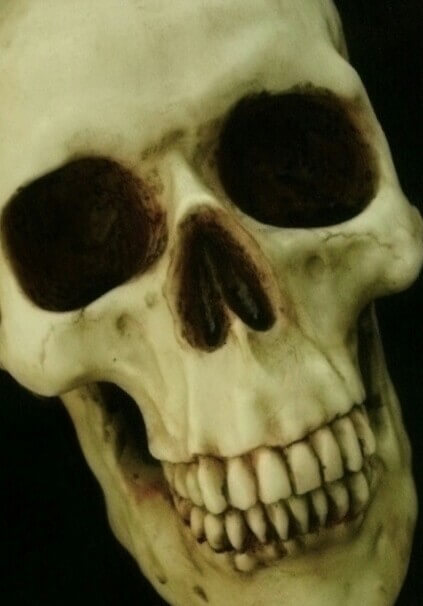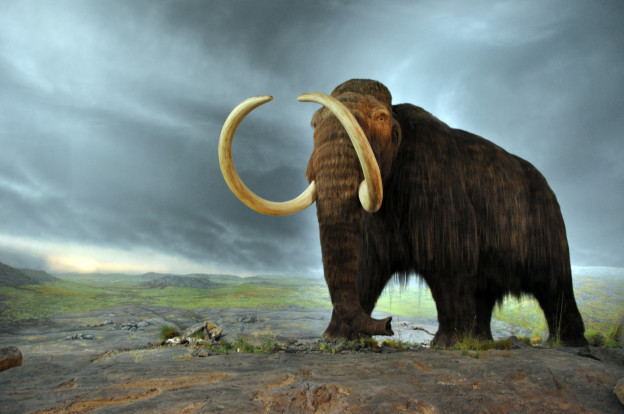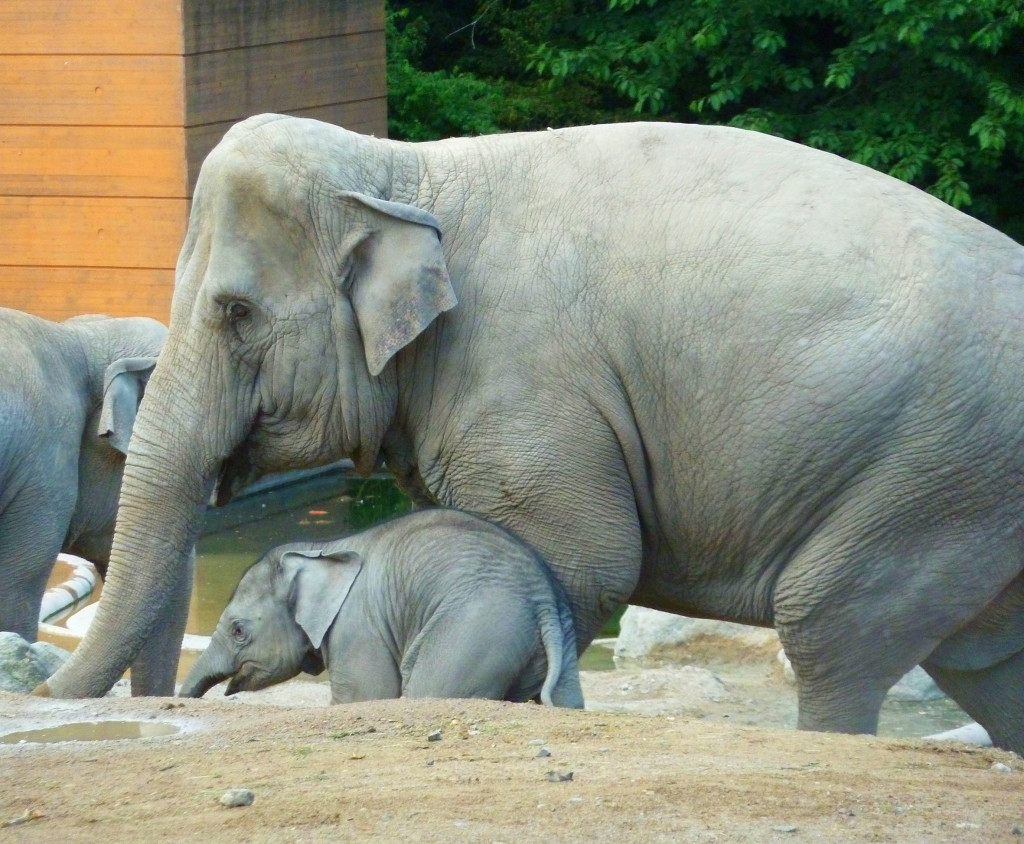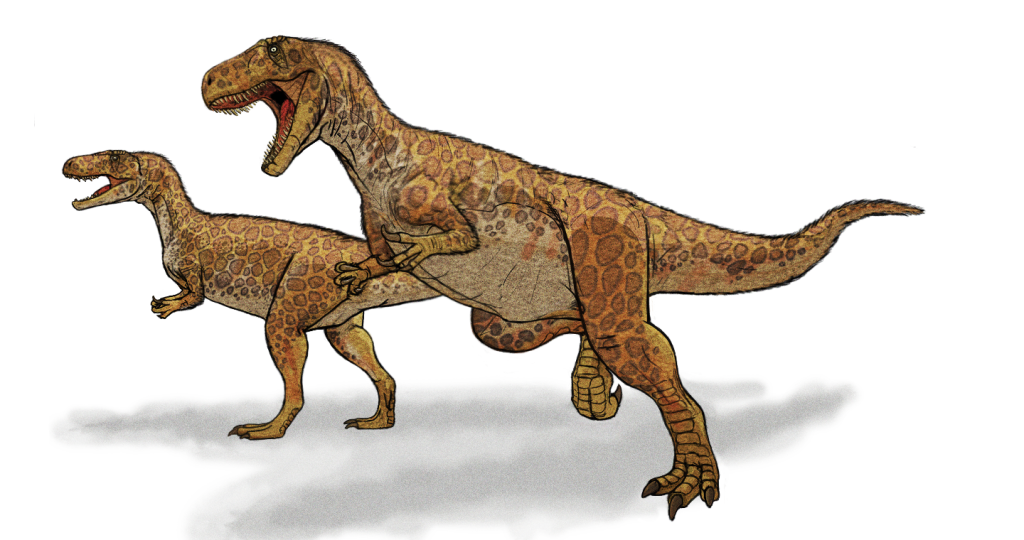Have you ever thought about the possibility of bringing extinct animals back? De-extinction (also called resurrection biology or species revivalism) is defined as the process of creating an organism of a species that is extinct. However, the created species would either resemble the extinct species, or a breeding population of such organisms. This post will cover the methods of de-extinction, some examples of potential candidates and the controversy over bringing the extinct back to life.
Over the years of scientific research, there have been some unusual experiments conducted. From the controversial humanzee experiment back in the 1920s, to a monkey head transplant in the 1970s, we have certainly covered several topics that are related to weird science. This is another interesting topic that not only sparks controversy, but also the curiosity of the human mind.
The First Species To Survive De-Extinction Past Birth

Of course, scientists were determined to clone the Pyrenean ibex. The first attempt was just the beginning. In 2009, they wanted to give it another try. Although the clone was born alive, it passed away just seven minutes after birth. The early death was caused by physical defects in the lungs.
Methods For Bringing The Extinct Back To Life
Cloning

“Dolly face closeup” by Toni Barros is licensed under CC BY-SA 2.0
Since the first successful clonning of Dolly the female domestic sheep in 1996, many are eager to see what is next. Cloning is defined as the process of producing organisms that are exact copies.
The method of cloning is considered an option for de-extinction. Scientist claim that by using DNA from the remains of a species that is extinct via the process of cloning, the species can be brought back into existence. The two proposed species are the passenger pigeon and the woolly mammoth.
Using Cloning To Bring Back The Gastric-Brooding Frog
In the mid-1980s, the gastric-brooding frog (also known as platypus frogs) became extinct. In May of 2013, a team of scientists from the University of Newcastle and the University of New South Wales had successfully created a living embryo of the gastric-brooding frog. They used the process of somatic cell nuclear transfer (a laboratory technique for creating an ovum with a donor nucleus). Although the embryos only developed for a few days, that fact that it was actually created, shows that it can be done. This points to the strong possibility of future success in resurrecting the extinct.
Selective Breeding
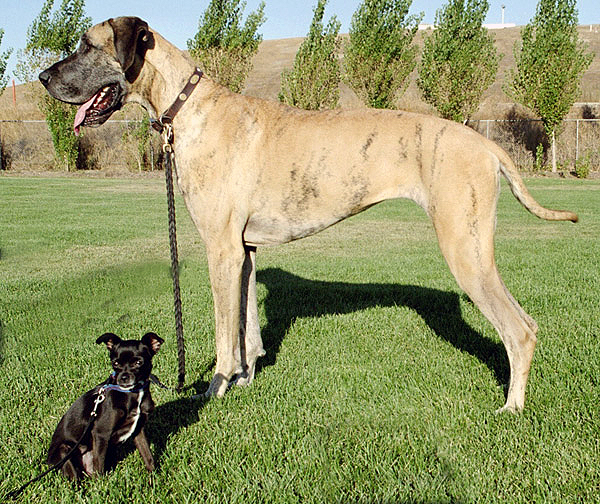
“Big and little dog 1” by Ellen Levy Finch is licensed under CC BY-SA 3.0
Selective breeding (also called artificial selection) is another method that can be used to bring back the extinct. The term is defined as the process of breeding other animals and plants for particular traits. It is very similar to natural selection, except it is with human intervention and not nature.
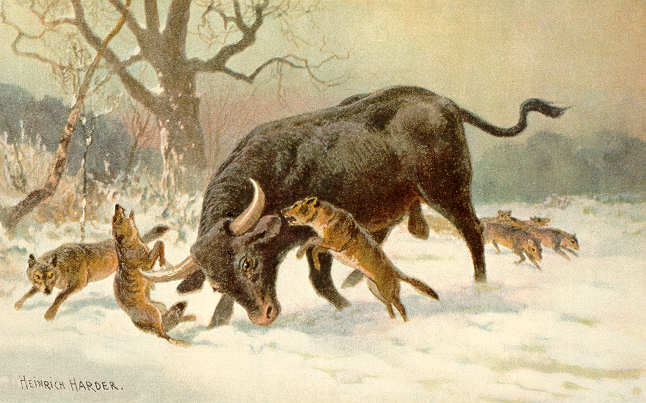
Although the resurrection of the once extinct aurochs may sound like nothing but pure science fiction, it is actually possible. After obtaining the necessary genetic material, in order to determine which breeds still carry the animal’s genes, the scientists would then make a comparison of the DNA of modern European cattle. The next step would be to be to begin a selective breeding program for the purpose of revering the evolutionary process. The reason behind the process it that with every passing generation, the cattle would more closely resemble the ancient aurochs.
Potential Candidates For De-Extinction
Birds
The Passenger Pigeon
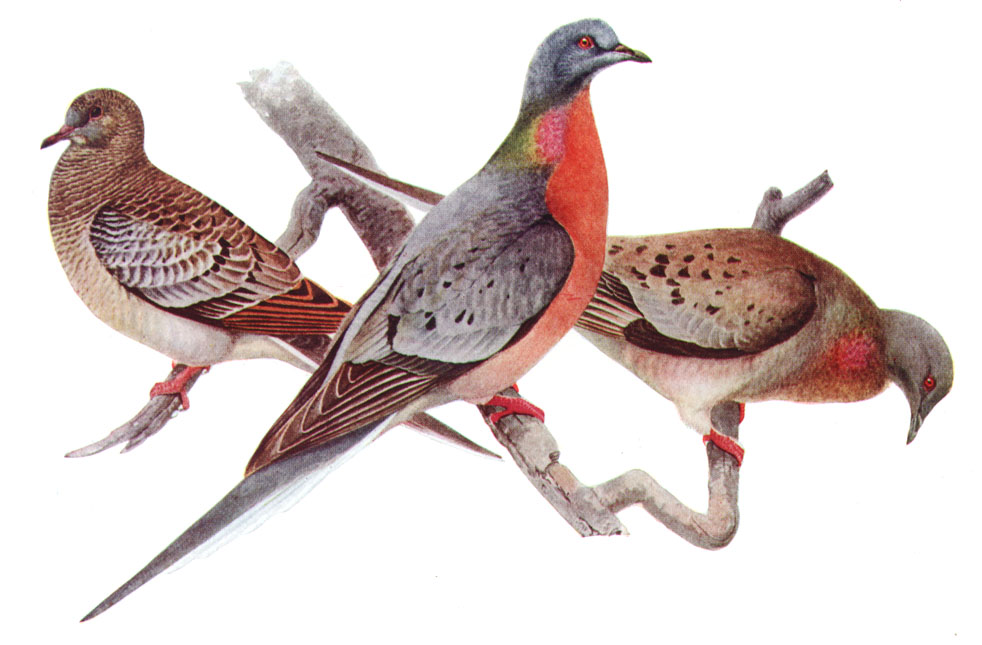
Other potential bird candidates include the Carolina parakeet, Ivory-billed woodpecker and Heath hen.
Mammals
The Wooly Mammoth
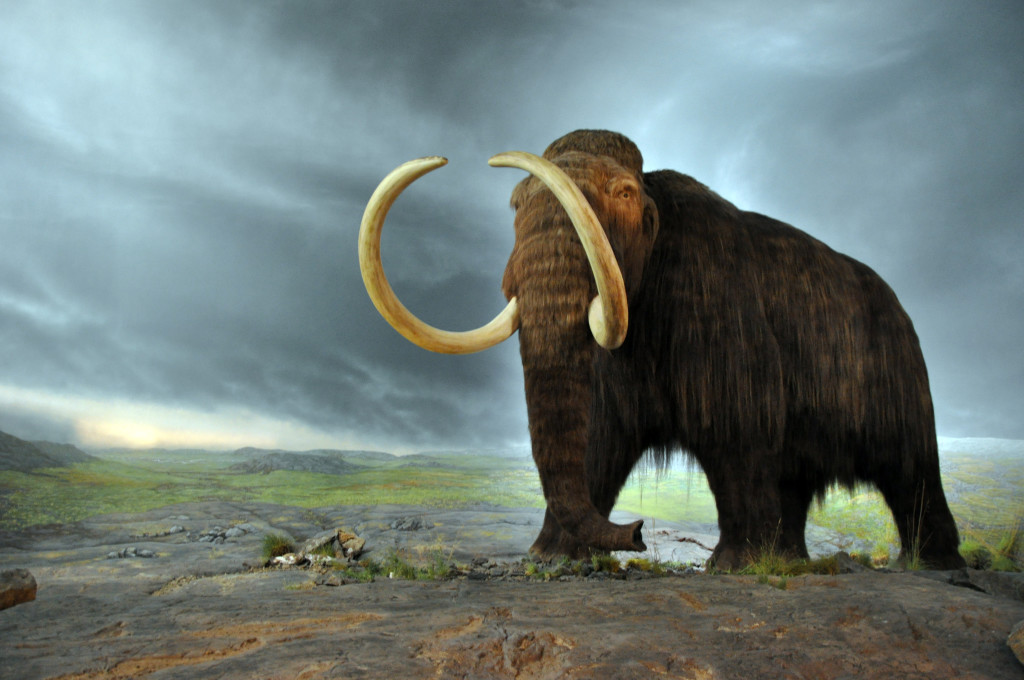
“Woolly Mammoth” by Flying Puffin is licensed under CC BY-SA 2.0
The wooly mammoth is a potential candidate that seems to have grabbed the interest of many who are interested in bringing extinct species back from the dead. Starting in April of 2013, a team of Russian and South Korean scientists have been in the process of planning to actually clone a wooly mammoth. For the surrogate mother, they will be using an elephant. There are said to be large amounts of well-preserved mammoth tissue located in Siberia. If the process is successful, the team plans to introduce the new mammoths to a wildlife reserve in Siberia called Pleistocene Park.
Bringing Back The Mammoth: An Elephant-Mammoth Hybrid
When it comes to the wooly mammoths, the method of artificial insemination has also caught the interest of scientists. The process would involve artificially inseminating an elephant egg cell with sperm cells from a frozen woolly mammoth carcass. Although the offspring wouldn’t be an exact wooly mammoth, it would be a elephant-mammoth hybrid. This would also require the process to be repeated so more hybrids could be used in breeding. It is predicted that by cross-breeding the hybrids for several generations, eventually, an almost pure wooly mammoth would be produced.
Although many of us think that bringing the wooly mammoth back is a cool idea, some believe it may become a problem. These enormous animals would need a home to stay at. The worry is that there may not be enough room for them to fit in, especially when their population grows larger.
Some of the other mammals that can potentially be brought back to life are the Thylacine (the largest known carnivorous marsupial of modern times) and the Quagga (a subspecies of the plains zebra).
Can Scientists Bring Dinosaurs Back?
Have you seen the 1993 film called Jurassic Park? The once popular film could one day become a reality. According to an Oxford biochemist, dinosaurs could theoretically be brought back from extinction. However, it wouldn’t be quite as simple as bringing the wooly mammoth back to life. According to Dr Alison Woollard, the extinct species could be recreated through the DNA of birds. Woollard believes that certain genes that are found in the DNA of modern birds can be identified and altered. It is possible that scientists will someday be able to design genomes of the dinosaurs.
Although in Jurassic Park, the dinosaurs were recreated by using DNA that was recovered from bloodsucking insects, a team at Western Australia’s Murdoch University discovered that DNA cannot survive for more than 6.3 million years. This eliminates the idea of using this method to bring back dinosaurs because most had died out around 65 million years ago. However, Woollard believes it can be accomplished by “de-evolving” birds, which are of course, the descendants of dinosaurs.
Since birds are descendants of the dinosaurs, within the modern birds DNA are switched-off genes that are said to control dinosaur-like traits. The plan would be to rewind evolution by switching the genes back on and using them to guide the development of that bird’s offspring, and its offspring’s offspring, (and so on) backwards. Woollard also believes that by studying the genetic relationship of birds and dinosaurs, we could use the obtained knowledge to design the genome of a dinosaur.
The Big Challenge For Scientists
Regardless of the possibility of successfully designing the genome of a dinosaur, there are still some tough challenges that can certainly get in the way. In order for scientists to create a full genome, they would have a very challenging job ahead of them, to say the very least. They would need to combine together millions of short fragments of nucleic acids in exactly the correct order.
Even if scientists could one day bring back dinosaurs, where would they live? Their own park? Of course, wooly mammoth are large animals, but nothing close to the enormous size of dinosaurs. However, one thing is certain, it the day ever comes, it will grab the attention of the entire world.
Can Scientists Create A Species That Never Existed?
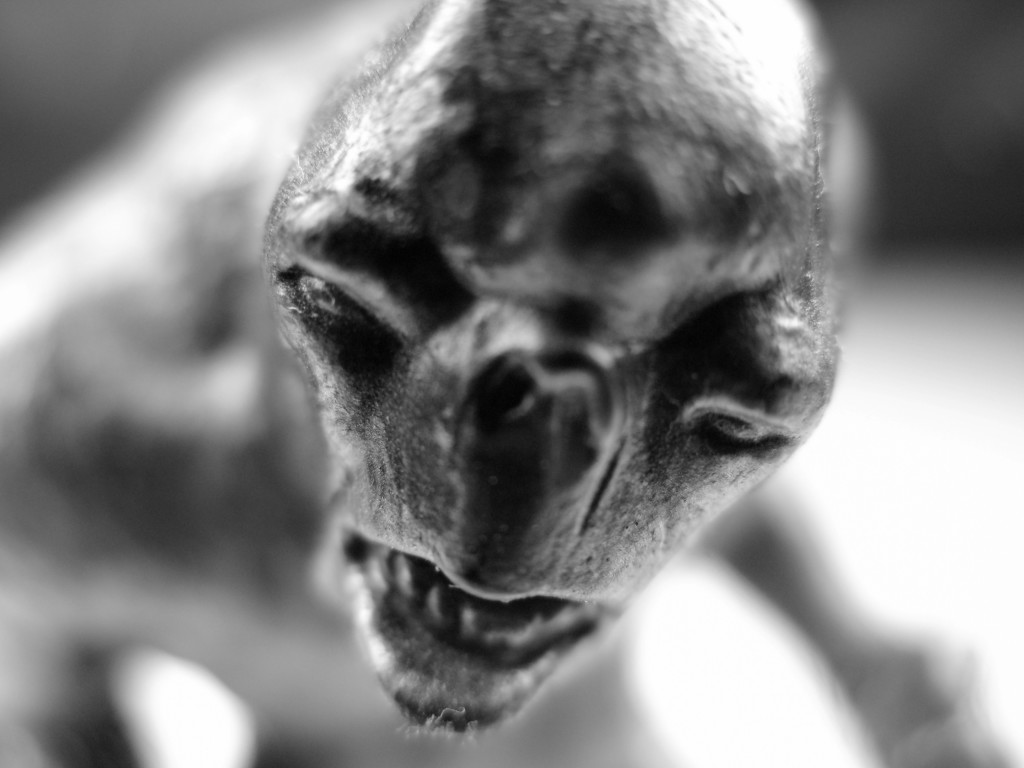
“Cave troll as corporate bully” by Kevin Dooley is licensed under CC BY 2.0
Reintroducing extinct animals into the ecosystem is certainly a fascinating idea. However, what if scientists were to create organisms that never existed? They are already starting to talk about pasting together parts of the genetic code of several different things in order to create something new. Although this may be economically beneficial (such as a better food crop), it may also lead to dangerous pathogens. The last thing humanity needs is the risk of unwanted and deadly diseases.
The Opposition Of De-Extinction
Although many of us embrace the idea of bringing an extinct species back, others are opposed to it. They believe that instead of using all of the various efforts and resources that are used to bring the dead back to life, it would make a lot more sense to attempt to conserve the endangered species, such as the northern white rhino. Of course, others believe that both suggestions are valid. They believe that it makes sense to both save the endangered, and also resurrect the extinct.
The opposition also argues that although a resurrected species is genetically the same as the previously living species, they will still not have the same behavior as their predecessors. They also believe that since the fetus’s host would be the parent of the first resurrected animal and not the actual extinct species, this can bring on another potential issue. Not only will the animal be raised by parents of a different species, but the mothering techniques and other behaviors would also be different. In the future, if scientists are able to successfully resurrect an extinct organism that can actually live for years past their birth, it would be very interesting to see how it all works out.
Conclusion
What are your thoughts on resurrection biology? Are you for it, or against it? Do you believe it would be best to just eliminate the idea and instead focus on saving the endangered species? Whether you support the process of de-extinction or are completely against it, diligent and determined scientists will continue experimenting to try and bring the once gone, back to life.
